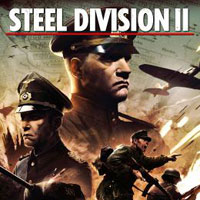Steel Division 2: The division into phases and planning
Steel Division 2 is a real-time strategy game, but it lacks the classic base expansion and army recruitment, as in many other titles of this genre. In this game, you create your army before the battle, and then call for reinforcements outside the map on the battlefield.
Each fight is divided into several phases:
- Phase 0, i.e. deployment of troops. At this phase you will get a lot of points to prepare your division. You can choose any number of units if you have enough points. The selected units can be set in the allotted battlefield, but will always start from the edge of the map belonging to your faction. At this stage, you can give orders that will be received and executed immediately after the start of the battle.
- Phase A, B, C - battle phases. Each phase lasts a certain amount of time (usually 10 minutes). After the completion of phase A, you move on to Phase B, then C. When planning battle group actions, decide which troops and how many will be available in individual phases. The principle is simple, the later the stage, the more units are available (but you have less time to capture strategic points).
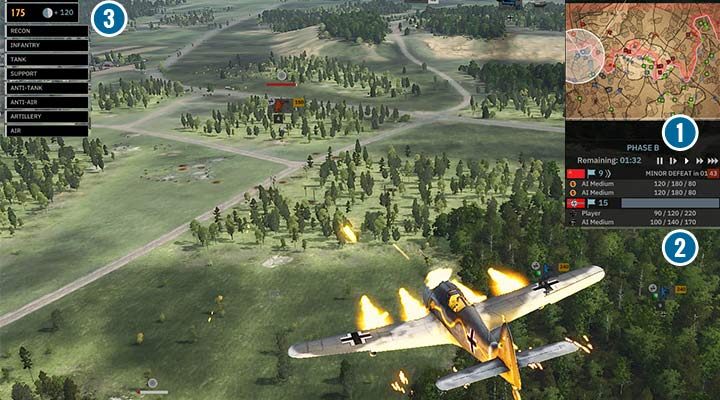
Every minute you get a certain amount of assignment points that you can spend on summoning new units from outside the map or planes. The number of these points depends on the choice of "deployment type" occurring in 4 types:
- Balanced (100/140/170)
- Juggernaut (90/120/230)
- Vanguard (130/120/110)
- Maverick (120/160/80)
The numbers in parentheses indicate an influx of points every minute. Each value refers to successive ABC phases. That is, in the case of balanced deployment, you will get 100 points every minute in phase A, 140 in phase B, and 170 points per minute in phase C. Thanks to this, you can adjust your battle group to the cost and number of branches. If you prefer a quick attack on the enemy in the first stage, it may be worth choosing a type that provides the most points in phase A. it is worth experimenting to see which style is most suitable for your personal preferences and the selected division.
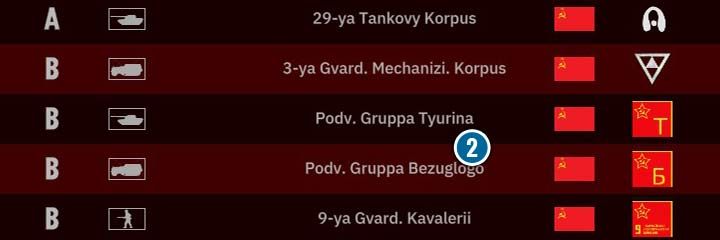
Planning a battle group is quite pleasant, but also not an easy task. Divisions are divided into 3 types:
- armored (emphasis on tanks and mobile powered armor-piercing).
- mechanized (numerous units of mechanized infantry, a large selection of tanks and anti-tank guns).
- infantry (a lot of different infantry, artillery and aviation).
Remember about unit's rank!
When choosing a division, please note the rating in the main menu: stronger divisions have a rating of A, weaker B and C. This does not mean that you cannot win with the help of the other divisions, a-rated divisions usually have a slight advantage in equipment and range of available units than the rest of the division.
In each division you have several categories of troops to choose from and each division has some other troops in those categories. The main support of your battalion will be infantry and tanks. These are the main units, because they take the brunt of the fighting, and it is these troops that capture the territory and move the front line. You need to conduct reconnaissance to quickly engage in battle with the enemy and not to be surprised. Artillery is very useful for destroying fortified defense points and breaking down enemy infantry groups. Armor-piercing guns are necessary in the defense and fight against enemy vehicles. Air force will neutralize various threats by destroying enemy aircraft, bombing villages and forests, and destroying enemy tanks with missiles.
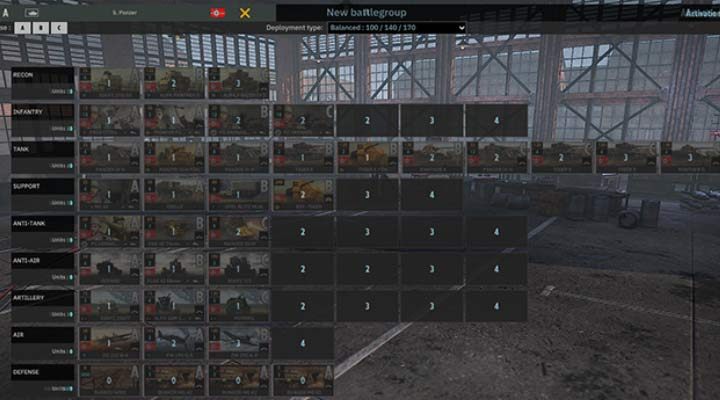
Each category has a limited number of slots per branch in each category, which depend on the type of division. Each place is worth a certain number of activation points. The more infantry, for example, the more activation points you have to spend. Some divisions have a lot of cheap slots for units, e.g. the Panzer divisions have even 4-5 slots per one point. Do not invest too many troops outside the division's specialization. It is better to focus on those areas that do not have a high cost - as a rule, there are the strongest divisions of this division.
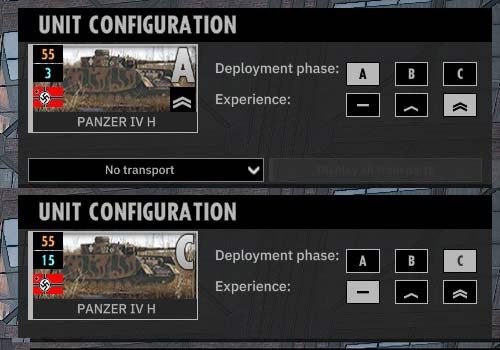
Phases affect the number of selected units. The earlier the phase and the more experienced units, the fewer troops you can summon on the battlefield. The later the phase and the less experienced the units, the more units you can deploy. It is necessary to take various decisions, and not to leave all the decision for one phase, for example, calling several seasoned Panther tanks in phase A. You'll probably dominate the A phase provided the enemy does not flood you with cheap anti-tank infantry or send a few planes, and definitely will perform a massive counter-attack a large group of T-34-85. Balance is key. It is worth having some units in large numbers, but a few very strong and experienced units can outweigh the battlefield.
You are not permitted to copy any image, text or info from this page. This site is not associated with and/or endorsed by the developers and the publishers. All logos and images are copyrighted by their respective owners.
Copyright © 2000 - 2025 Webedia Polska SA for gamepressure.com, unofficial game guides, walkthroughs, secrets, game tips, maps & strategies for top games.
